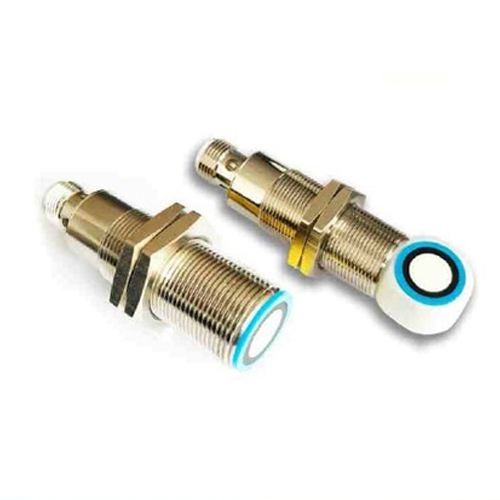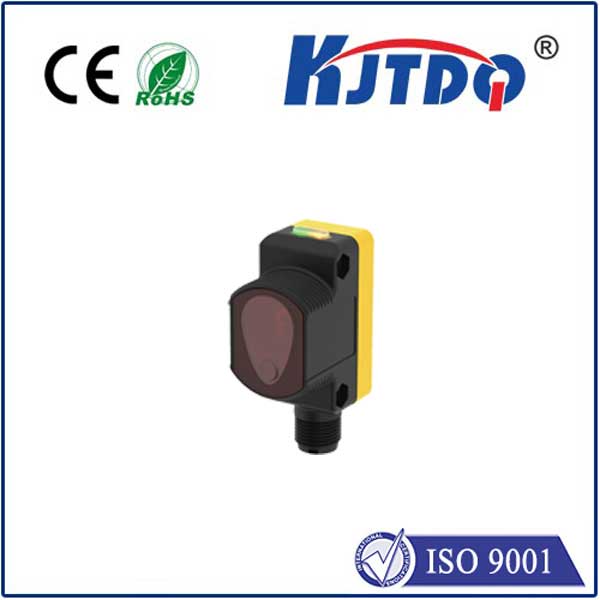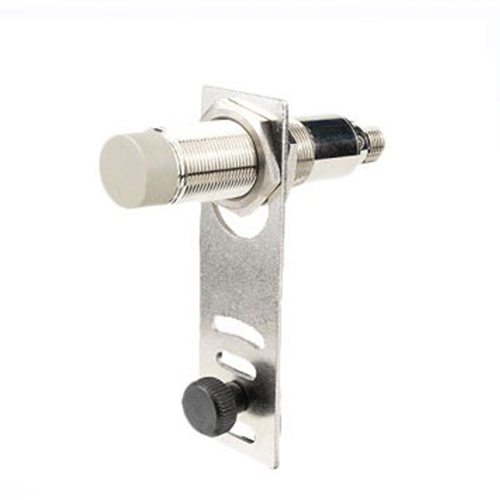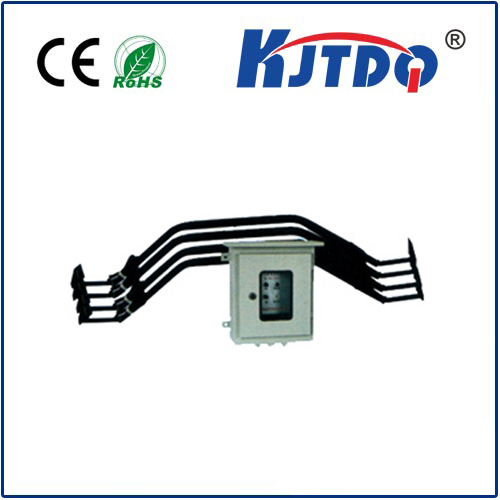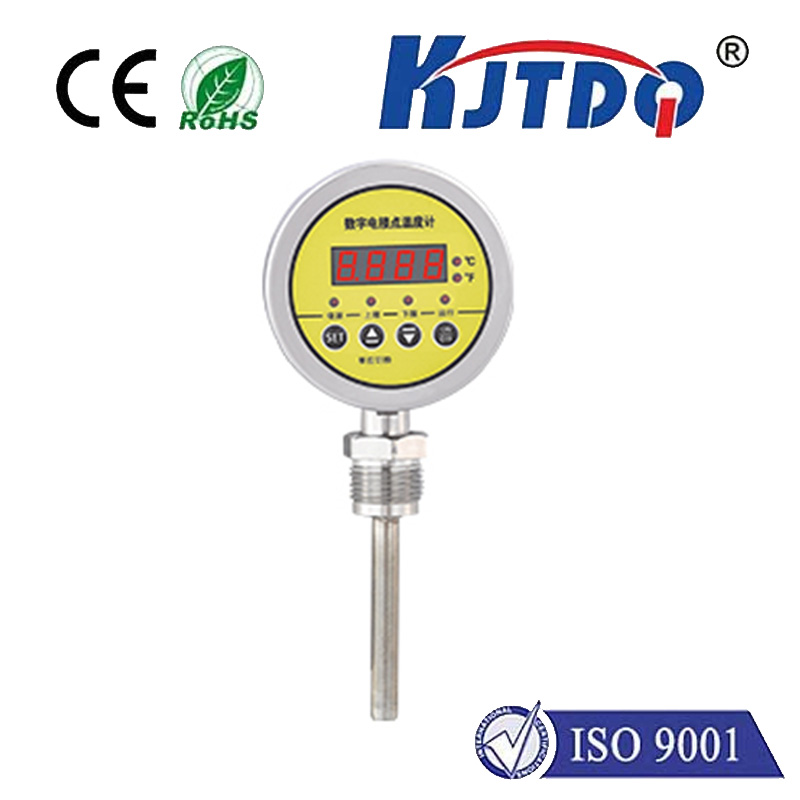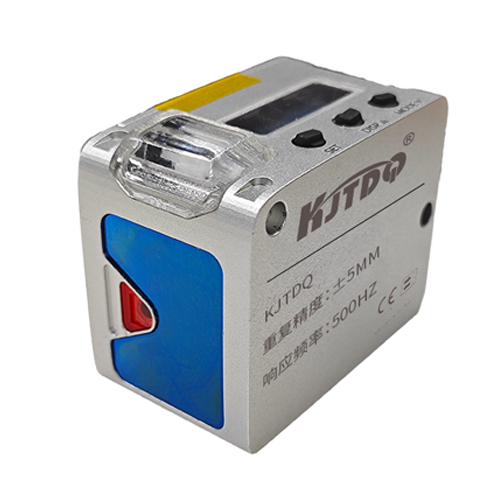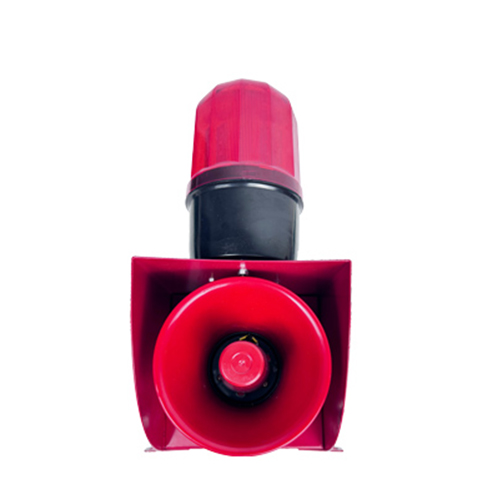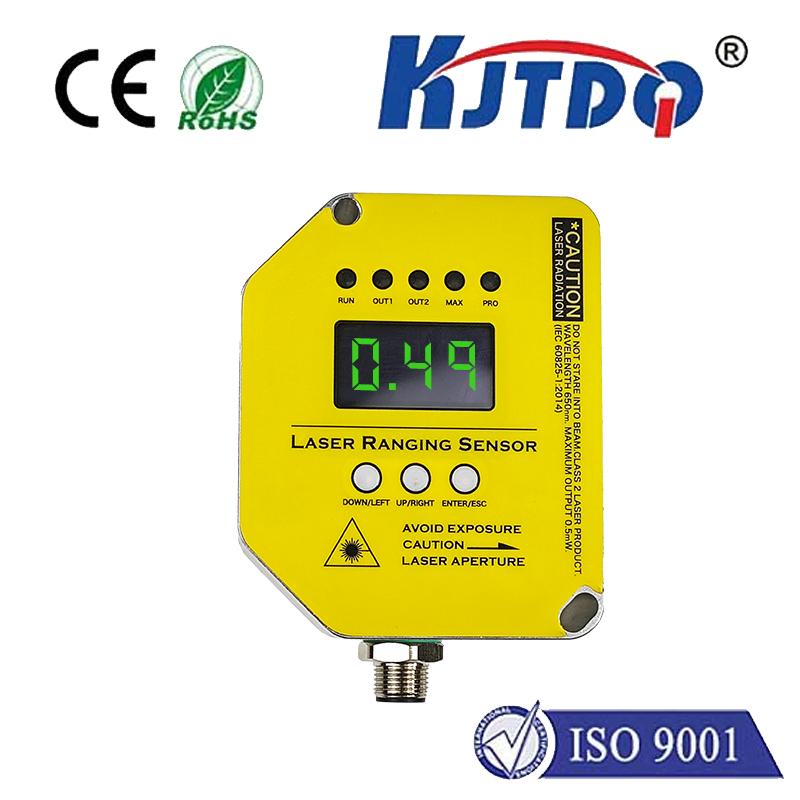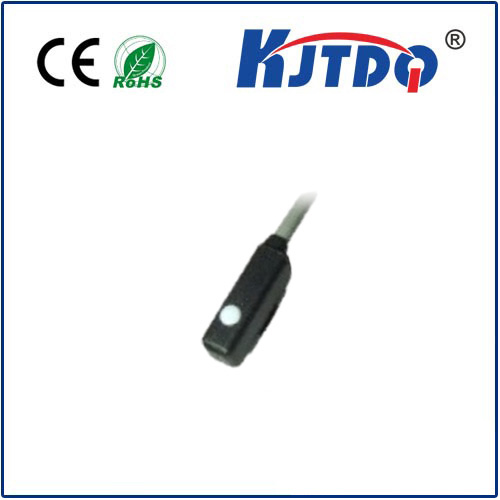

check

check

check

check

check

check

check

check

check

check
Proximity sensors offer a range of potential applications, particularly in industrial settings where safety and efficiency are crucial. One area where proximity sensors can be particularly valuable is in flush type systems, which involve the automaticflushing of liquids or other substances from containers. This article explores how proximity sensors can be integrated into flush type systems to improve safety, efficiency, and overall performance.
Introduction:
Flush type systems are widely used in manufacturing and processing industries to control the flow of liquids through pipes and tubing. These systems can be manually operated, but they can also be automated using various technologies, including proximity sensors. Proximity sensors work by measuring the distance between two objects, such as a sensor and an object in the process stream. When an object comes within a certain distance of the sensor, it triggers an action, such as turning on a pump or valve. By using proximity sensors instead of manual controls, flush type systems can be more reliable, consistent, and cost-effective.
Body:
I. Advantages of Proximity Sensors in Flush Type Systems
A. Increased accuracy and reliability
B. Better control over liquid flow rates
C. Reduced maintenance requirements
D. Improved energy efficiency
II. Integration of Proximity Sensors into Flush Type Systems
A. Choosing the right type of proximity sensor for your application
B. Placement of the sensors in the system
C. Signal processing and control algorithms
D. Testing and calibration of the system
III. Case Study: A Success Story in Proximity Sensor Integration for Flush Type Systems
A. Problem statement and goals of the project
B. Solution proposed by using proximity sensors
C. Results demonstrated by the project team
D. Lessons learned from the project and recommendations for future applications
IV. Future Trends and Advancements in Proximity Sensor Integration for Flush Type Systems
A. Development of smaller and more affordable sensors
B. Integration of artificial intelligence and machine learning algorithms for improved performance
C. Integration with other automation technologies, such as robotics and edge computing
D. Exploration of new applications for proximity sensors beyond flush type systems
V. conclusion:
Proximity sensors offer a promising solution for improving the safety, efficiency, and performance of flush type systems in industrial settings. As technology continues to advance, we can expect to see even greater integration and innovation in this field. By choosing the right sensors, placing them strategically in the system, and implementing advanced signal processing and control algorithms, companies can realize significant benefits in terms of reduced downtime, increased productivity, and improved product quality.
